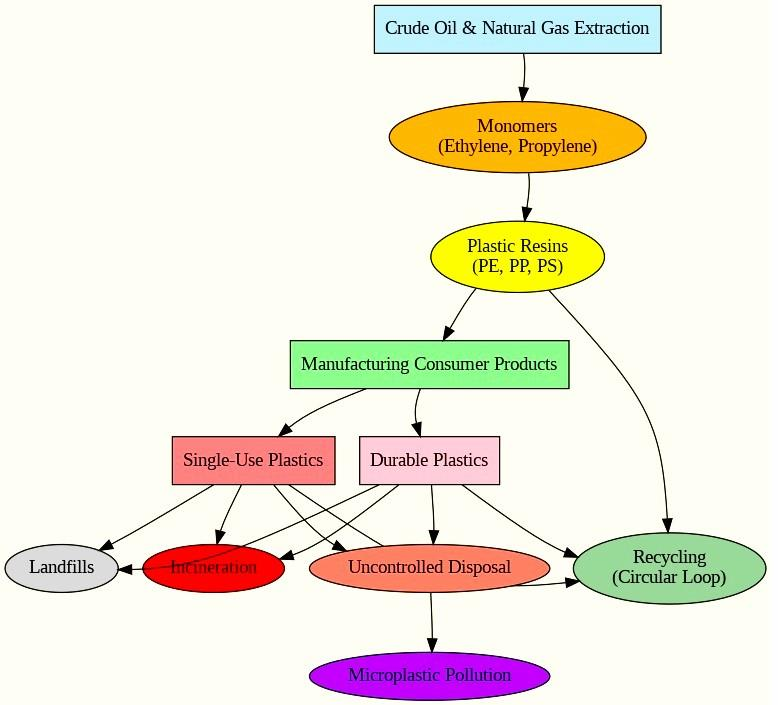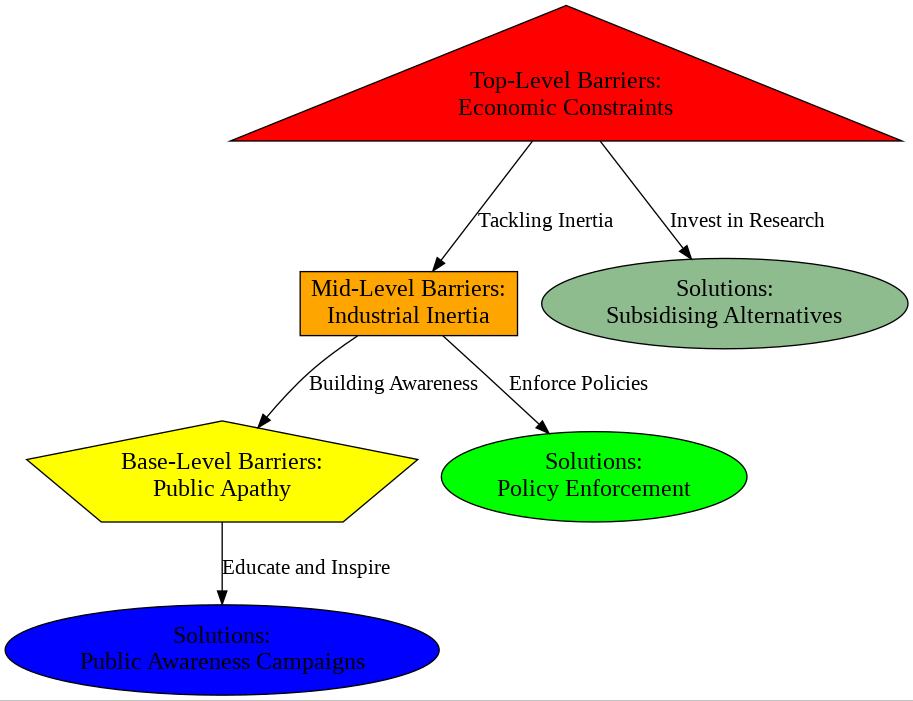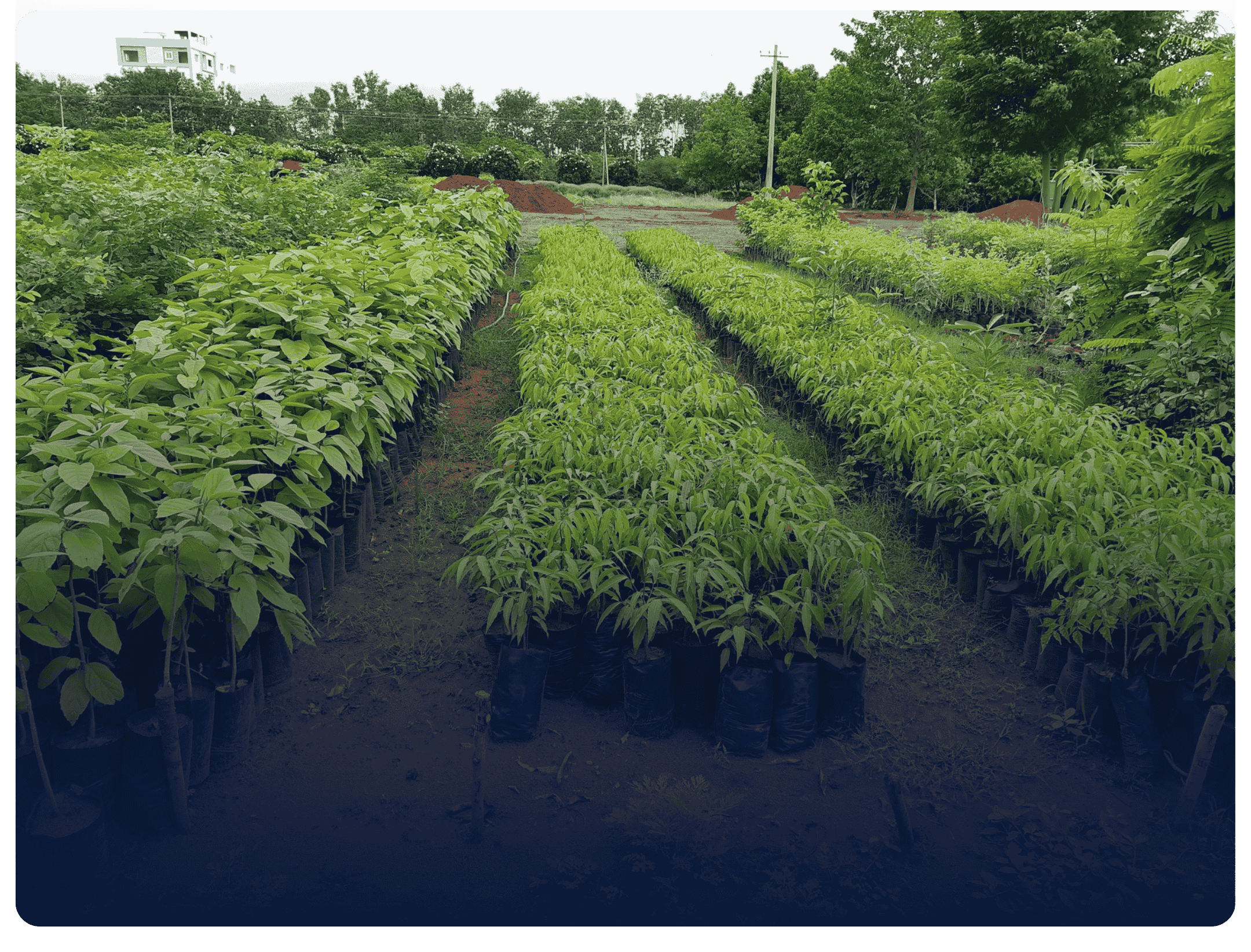1. Introduction: The Rise and Fall of a Miracle
A Reality Check
Plastics were supposed to save us. Stronger than steel, lighter than feather, and as cheap as chips. “The future,” they said, “is plastic.” And indeed, it was. But the very material that promised progress has become a Frankensteinian curse, choking turtles, clogging rivers, and sprinkling microplastics into our morning tea. Humanity’s miracle has morphed into an omnipresent nemesis, hiding in plain sight.
The Golden Beginning
The plastic saga began in 1907, when Leo Baekeland created Bakelite, the first fully synthetic polymer. It was revolutionary—a material that didn’t degrade, didn’t rot, and didn’t complain. The 20th century embraced plastics like a long-lost muse, embedding them into every facet of modern life.
An Intimate Liaison with Versatility
From shatterproof windows to pacemakers and spacesuits, plastics are the unsung hero of modernity. Packaging that preserves, textiles that stretch, and gadgets that connect—all owe their existence to polymers. But like an overzealous rapture, this affair came with baggage.
From Hero to Villain
Plastics’ durability became their downfall. Landfills have become archaeological
monuments to our wastefulness, while oceans transform into soup bowls of
microplastics. The numbers are staggering: over 400 million tonnes of plastic are
produced annually, and only 9% ever gets recycled. The rest? It’s out there,
somewhere—forever.
The Plastic Paradox
This article dives headfirst into the paradox of plastics: a material we cannot live
without but might not survive with. By peeling back the layers of its history, chemistry, and chaos, Zenith energy aims to find the elusive balance—keeping the brilliance of plastics without their burdens.

2. The Origin and Composition of Plastics: A Chemistry Masterclass
The Birth of Immortality
Plastics were born out of necessity, science, and a dash of hubris. Bakelite paved
the way for materials like polyethylene (hello, shopping bags) and polycarbonate (your phone case’s best friend). These polymers are long chains of repeating molecules, tailor-made for any task.
The Secret Sauce
What makes plastics so versatile? It’s their molecular structure—chains of
hydrocarbons so tightly knit they laugh in the face of decomposition. This resilience is both their strength and their curse, turning them into eternal pollutants.
The Industry’s Darling
Plastics became industry’s muse: light as feathers, strong as steel, and cheap as
dirt. They revolutionised healthcare with sterile syringes and prosthetics, transformed transport with lightweight parts, and even made space exploration possible. But, as the saying goes, too much of a good thing…
3. The Dual Faces of Plastics: Uses and Abuses
A Material of Infinite Possibilities
Plastics save lives, quite literally. Think artificial hearts, insulin syringes, and airbags. They power the modern world, making cars lighter and planes faster. But let’s not forget the frivolous—wrapping cucumbers in three layers of plastic film or producing straws that outlive the drink they’re used for.
The Dark side
Single-use plastics are the poster child of wastefulness. Used for mere minutes, they persist for centuries. Annually about, 390 million tonnes of plastics are produced globally, with 40% destined for single use. Recycling remains a pipe dream for most, with rates hovering below 10%.
4. The Toxic Trail: Impacts on Health and Ecology
Microplastics: The Invisible Invaders
Plastics don’t just litter beaches—they infiltrate ecosystems. Microplastics have
found their way into marine food chains, drinking water, and even the air we breathe. The average human ingests over 50,000 microplastic particles annually. Bon appétit?
Chemical Soup
Plastic additives like BPA and phthalates leach into our bodies, disrupting hormones and jeopardising fertility. They’re a toxic cocktail, masquerading as convenience.
Ecological Devastation
Over 800 species are directly impacted by plastic pollution, from entangled turtles to seabirds mistaking bottle caps for food. Microplastics in soil reduce fertility, while rivers and oceans groan under millions of tonnes of waste annually.

5. Innovations and Mitigation: A Ray of Hope
Bioplastics and Beyond
The future may lie in bioplastics—materials derived from corn starch or algae that biodegrade. But scaling these solutions remains a challenge.
The Circular Economy
What if waste wasn’t waste? Circular economy models aim to recycle plastics
endlessly or convert them into energy. Advanced recycling methods and enzymatic breakdown of plastics offer glimpses of a solution.

6. The Road Ahead: Challenges and Visions
The Barriers
The path to a sustainable future is littered with hurdles: economic constraints,
industrial inertia, and public apathy. Alternatives to plastics are costly, recycling
infrastructure is limited, and consumer habits are hard to change.
Breaking the Chains
But change is possible. Subsidising alternatives, enforcing policies like bans on
single-use plastics, gradual scaling down of perilous plastic usage and investing in research can bridge the gap.








